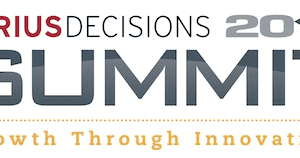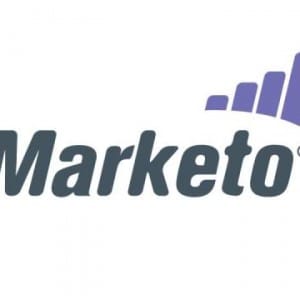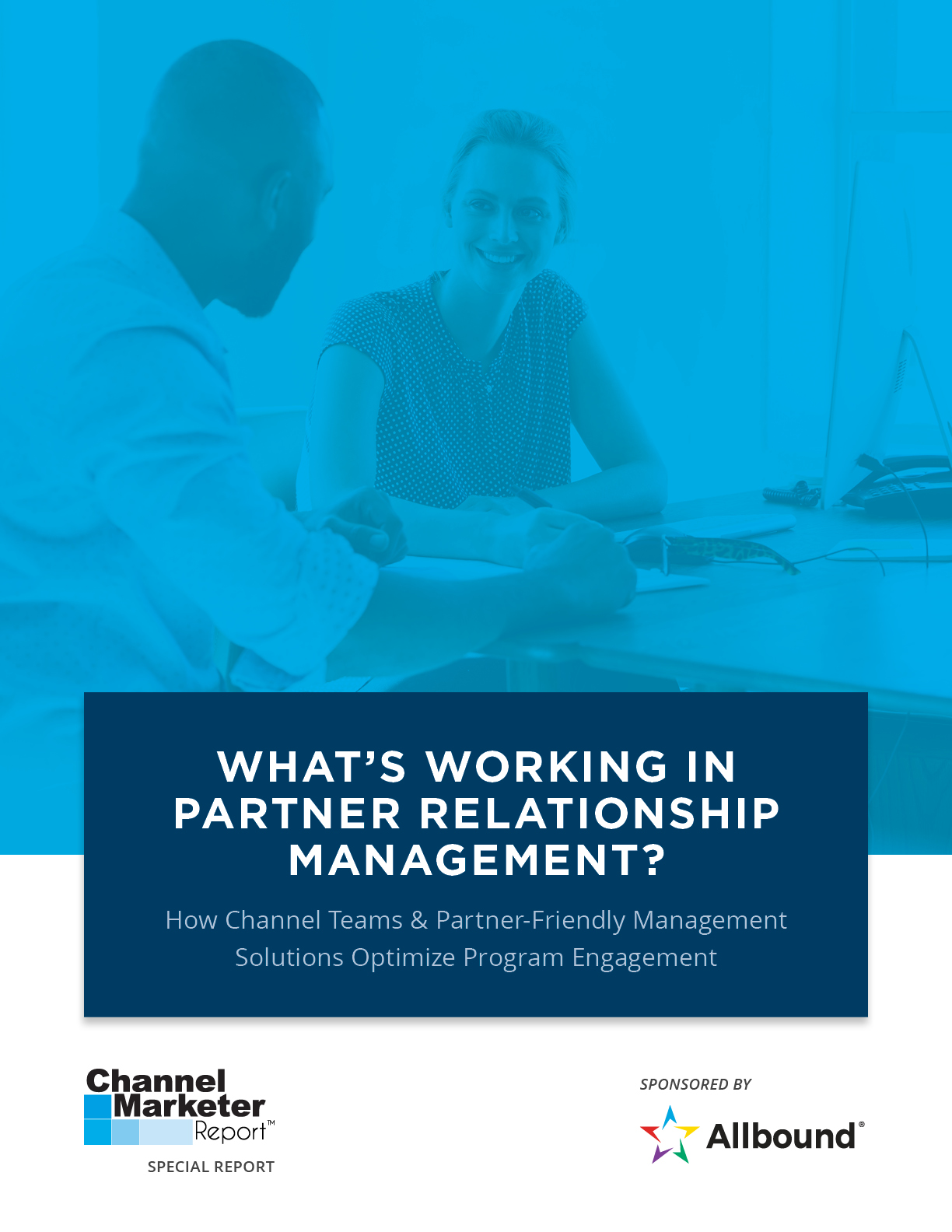Topics
SAP Executive Reveals Shift To Customer-Centric Marketing

Growth and innovation were key themes and objectives for the more than 1,000 sales and marketing executives attending this year’s SiriusDecisions Summit, which took place May 22 -24, 2012 in Scottsdale Ariz. A theme that was even more prominent, however, was the continued integration of B2B and B2C marketing strategies.
During his keynote speech on Wednesday, May 23, Jonathan Becher, CMO of SAP, revealed the company’s continued transition to more customer-focused marketing tools and tactics.
“Because this is largely a B2B conference, you’re probably thinking our customers are companies,” Becher said. “But big glass buildings don’t buy software; people do. I think we’ve spent the last 10 years arguing about the difference between B2B and B2C and largely, we made it up. There are some differences between an impulse buy of a can of cola and a considered purchase of something that may cost tens of thousands of dollars, but the differences are much less than we claim they are. We’ve done ourselves a disservice by claiming the differences are more than they are.”
By spotlighting the B2B buyer’s journey, and focusing on the unique needs of each business segment it services, SAP is successfully maintaining loyalty and creating consistent messaging across its partner networks, and to end-users.
Initially, SAP had a reputation of being an “expensive, German Enterprise Resource Planning company,” Becher explained. However, only 33% of its income derives from ERP solutions. In order to boost brand penetration and promote its other offerings, SAP had to go outside perceptions of what industry peers and prospects expected the company to represent.
“If you think about our journey, you immediately see what my problem is,” Becher said. “There’s a gap between what you see SAP as, and what we see our company as. This problem isn’t going to be solved by branding, or better messaging and positioning, or by doing more social media and better demand gen or programs. In fact, I don’t even think it’s a marketing problem; it’s a company problem, which means we need a fundamentally different way to address it.”
The SAP Experience
In order to create a more customer-centric focus to sales and marketing initiatives, SAP honed in on three vital principles: essential; innovative; and relevant.
Additionally, the company worked to break down organizational silos and create a streamlined and compelling experience for each customer and their unique needs. “What we are owning up to at SAP marketing is the unified experience of every single person,” Becher explained. “That way, it doesn’t feel different on the web, in person, or on any other channel.”
Through its Community Network, SAP tracks and maintains communication with more than 2.5 million members. This strategy not only decreases the cost of standard customer support, it also allows the company to receive instant access to customer feedback, as well as in-depth insight into new product, solution and technologies ideas.
SAP’s new web site also indicates the newfound focus on customer sentiment. Content is no longer about products and services, but about what market changes are taking place and most importantly, how organizations can keep up. “My favorite thing about this shift is that more than 50% of the content on the site is from a non-SAP employee,” Becher said. “It’s not our story; it’s their story. We’re just amplifying it.”
SAP is synchronizing messaging and marketing across channels to increase customer satisfaction. Recent research from SAP indicated that a certain customer received 1,000 marketing and sales outreaches across channels within a month, according to Becher.
“It’s amazing how much we try to bombard people with messages,” Becher said. “If you send out emails, Tweets and web sites, and webinars, there are so many different channels we try to communicate to the same consumer it’s overwhelming.”
Using Metrics That Matter
Although many organizations strive to pinpoint optimal “metrics for success,” they are mostly inefficient and unimportant, according to Becher. Rather than utilizing “ego-metrics” to quantify efficacy of marketing tools and tactics, organizations must focus on culture.
“Culture eats strategy for breakfast, lunch and dinner,” Becher said. “If you have a metric that counts something, you have an activity-focused metric and it’s probably the wrong thing to measure. Think about the outcome you’re trying to achieve and whether it made an impact.”
Shifting marketing messages to reflect the customer journey, rather than product specs and services is key, Becher reported. Marketing and sales must learn to work together and determine how to help prospects and end-users learn more, test more, and choose the right solutions.














